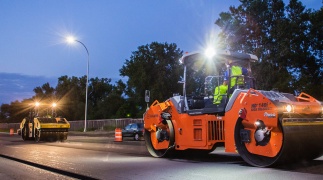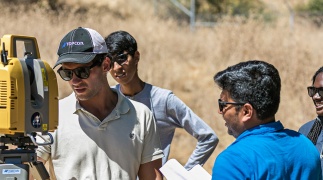Fixing the straight and narrow
Machine control helps Carolina firm take streams in a whole new direction.
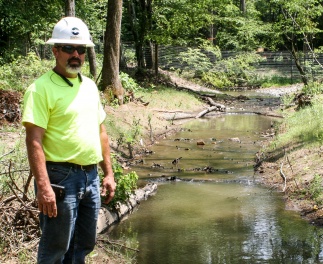
Carolina Environmental Contracting (CEC) has made a name for itself in the north-central part of the “Tar Heel State” by successfully blending the old with the new. The Mount Airy, North Carolina-based environmental contractor regularly helps offset the scars of development by restoring natural beauty to many of the region’s streams, creeks and other waterways. Once a time-consuming, stake-intensive effort, the company today uses Topcon technology to improve both the speed and efficiency of that effort. CEC’s stream restoration jobs are now virtually stakeless, accuracies are impressive, and the end product is once again a sight to behold.
CEC-ing a need
Founded in 1991, CEC excels in a range of environmental-focused projects including stream mitigation, the construction of wetlands and greenway trails, the installation of storm water management systems, and more. According to Wayne Taylor, CEC’s specialty division manager, while the company’s commitment to environmental work has not changed in their nearly quarter-century in business, the manner in which they do so most definitely has.
“A recent stream remediation project in the Marion, North Carolina area is a great case in point,” he said. “That project includes restoration of 2,500 linear feet of stream and the construction of more than 90 stream structures. The stream had not only been straightened over the years, it had also begun to flow into a pond. From an environmental perspective, that is rarely good, since a pond will allow sediment to settle rather than move along. So, based on a plan from ICA Engineering in Raleigh, we had to take the pond out, move the stream back in the location where it originally ran and then reconstruct the pond alongside it.”
Work on the project — which included additional remediation of 1,000 linear feet of a nearby creek — started in February of 2015 and had a five-month timeline attached to it. While that could have presented a problem in the past, CEC’s use of GNSS-based machine control from Topcon Positioning Systems on its dozer and excavators made it easily do-able. CEC has been a staunch user of GNSS solutions for more than seven years now, a move made easier thank to the support of their dealer Benchmark Supply and Mike Gaillard in the Concord, North Carolina branch.
“One of our former project managers had heard about the strengths and advantages of this technology and talked us into it. Today, in addition to several Topcon base/rover/data collectors, we have Topcon machine control on three excavators and a dozer. It was definitely the right move for us to make.”
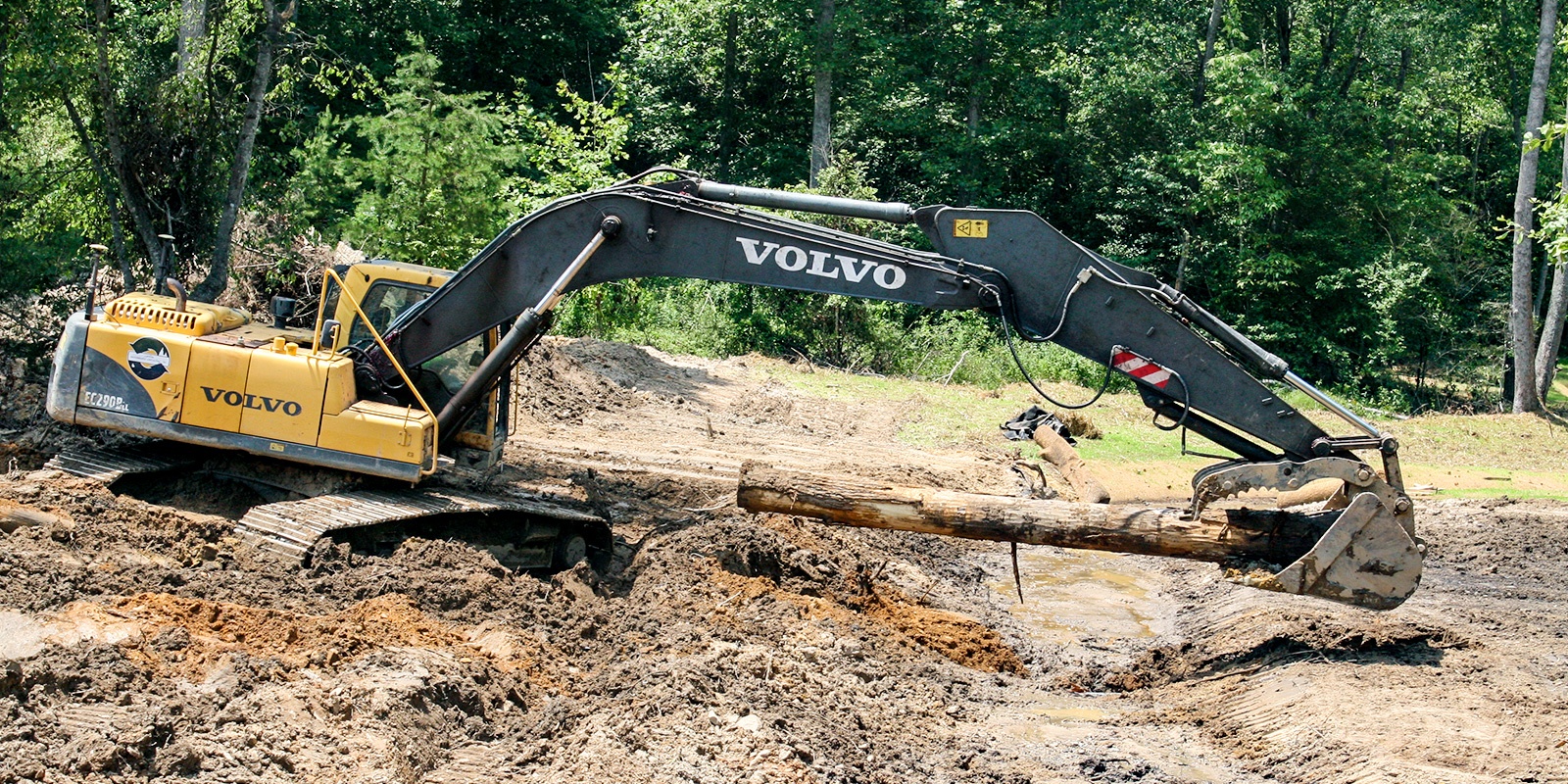
“The Topcon system was so accurate that our operators would regularly place the teeth of the bucket on a log to confirm
that they were on grade.”
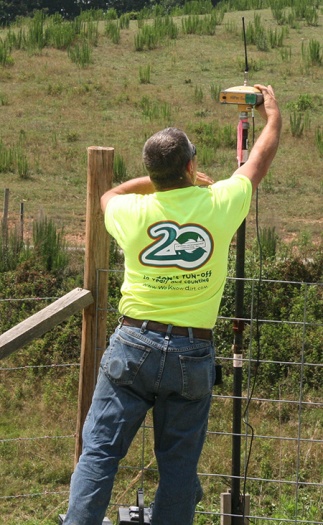
Familiarity breeds success
To get to the point where they could begin work, CEC needed a digital model and. Raleigh-based Turner Land Surveying, PLLC, one of the area’s most in-demand survey services, answered the call, providing both initial control and the necessary models.
“A project like this was ideal for GNSS, but it was still a complex job” said David Turner, a managing partner in the firm. “However, my wife ‘Lissa’ and I have previous experience working with design engineers and, as a result, are probably better suited than most for this type of work. The pattern of the streams — the meandering characteristic being brought back in — would have made staking extremely difficult. In such a case, we would stake the beginning, the mid-point and the end of each curve, set out the radius points, establish offsets to the structures, and so on, and then manually pull tapes and use a differential level to determine elevations. Doing so for each of the curves in that design would have been brutal.”
By comparison, he said, GPS is much more cost-effective in terms of both speed and manpower. “It can take a full field crew ten hours to stake out a segment of a stream project like this. By comparison, working alone in my office, I can create the model — which makes staking unnecessary — in half that time.”
Bring back the beauty
At the primary site, CEC used a John Deere 700 dozer with Topcon 3D-MC2 to create all the outside slopes, the adjacent flood plains, etc. However, the structures themselves — whether they were rocks, logs or a combination of the two — were done using Volvo EC 220 and EC290 excavators running Topcon X-63. “A number of the structures were log vanes which involved placing entire logs across the stream, both to reduce the velocity of the water and to help step down the elevation of the stream,” said Taylor. “The Topcon system was so accurate that our operators would regularly place the teeth of the bucket on a log to confirm that they were on grade.”
He adds that he has no doubt about the technology paying for itself — and quickly. “We’ve had jobs on which we eliminated more than $20,000 in survey costs alone,” he said. “Plus we can do the job with at least one fewer position, so there is substantial savings there as well. When looking into new technology like our Topcon systems, we are fortunate to have an owner like Joanne Cheatham who will ask: ‘Do you need it?’ and if the answer is yes, she’ll immediately say: ‘Go get it.’ That’s really allowed us to grow and become the company we are today.”
